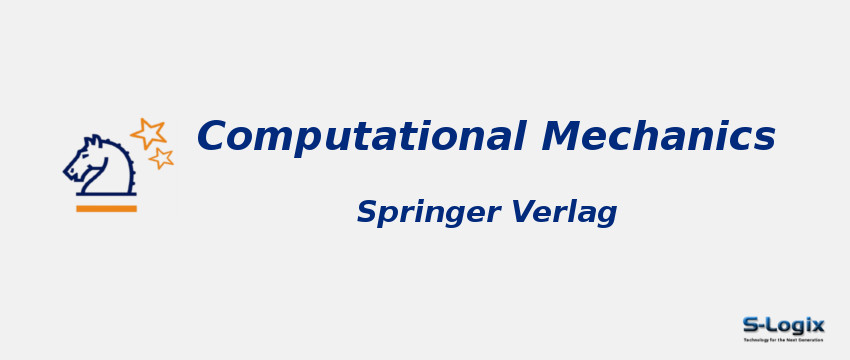Journal Home: Journal Homepage
Editor-in-Chief: Peter Wriggers
Print ISSN: 01787675
Electronic ISSN: 14320924
Abstracting and Indexing: Scopus, Science Citation Index Expanded
Imapct Factor 2024: 3.8
Subject Area and Category: Computer Science ,Computational Theory and Mathematics,Engineering ,Computational Mechanics,Mechanical Engineering ,Ocean Engineering,Mathematics,Applied Mathematics,Computational Mathematics
Publication Frequency:
H Index: 127
Q1: Applied Mathematics
Q2:
Q3:
Q4:
Cite Score: 7.9
SNIP: 1.360
Journal Rank(SJR): 1.256
Latest Articles: Latest Articles in Computational Mechanics
Guidelines for Authors: Computational Mechanics Author Guidelines
Paper Submissions: Paper Submissions in Computational Mechanics
Publisher: Springer Verlag
Country: Germany
